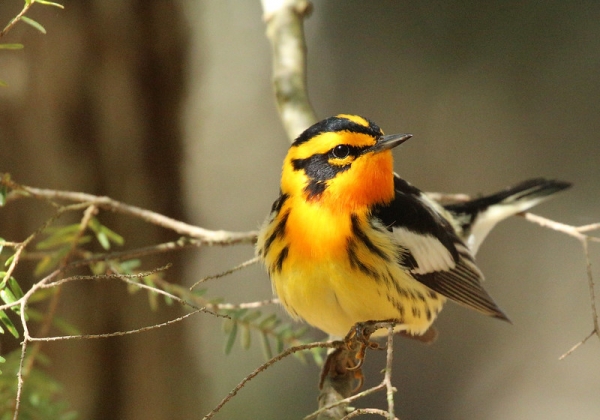Bird species that live in wooded areas are under stress from human-caused changes to forest composition, according to new research led by Oregon State University that quantifies the effects of forest “degradation” on bird habitat.
“Reducing forest loss has been the main focus of conservation policy to date, which is well justified because it has a strong negative effect on biodiversity,” said Matt Betts of the OSU College of Forestry. “But the effects of changing the composition and age of forest via timber management have traditionally been very difficult to measure at large scales and thus have been largely ignored. Our work shows population declines in many bird species in eastern Canada are due to habitat loss caused by forestry activities.”
Findings by the international collaboration led by Betts were published today in Nature Ecology and Evolution.
The scientists looked at the degree to which forest degradation – the reduction or loss of biological complexity – in the form of clearcutting and then thinning or replanting single tree species affected bird habitat and long-term trends in bird populations.
Read more at Oregon State University
Image: Blackburnian warbler (Credit: Oregon State University)


